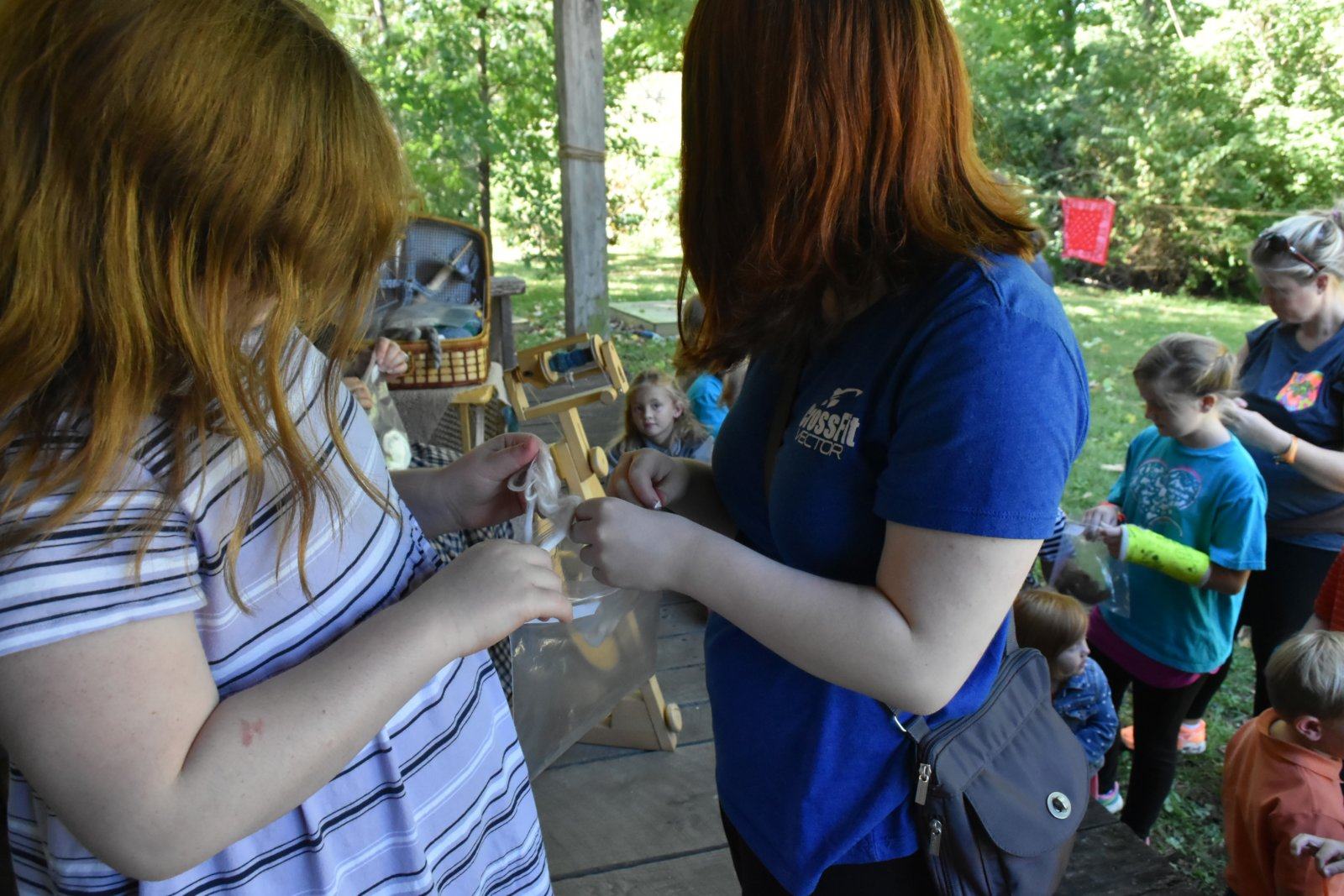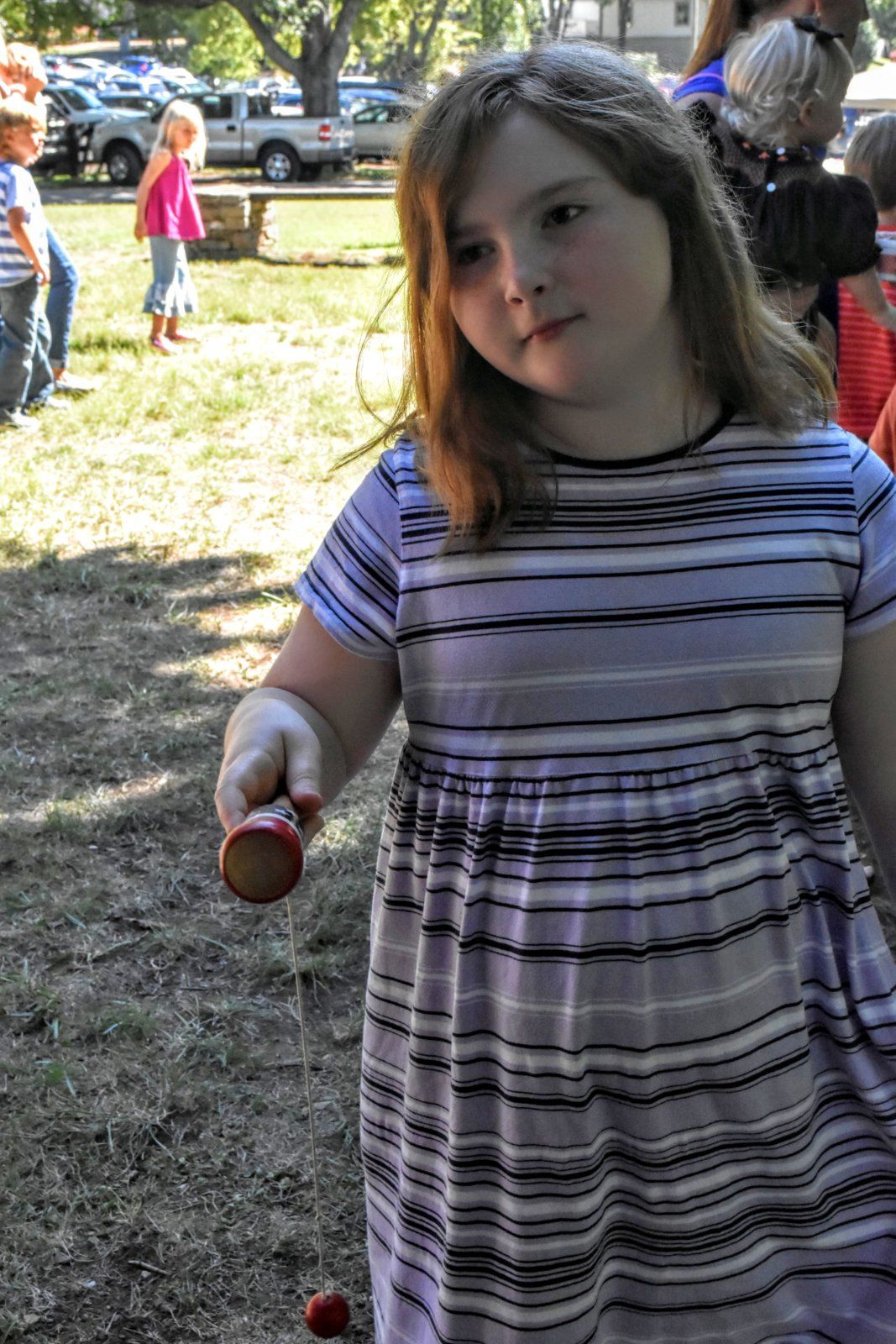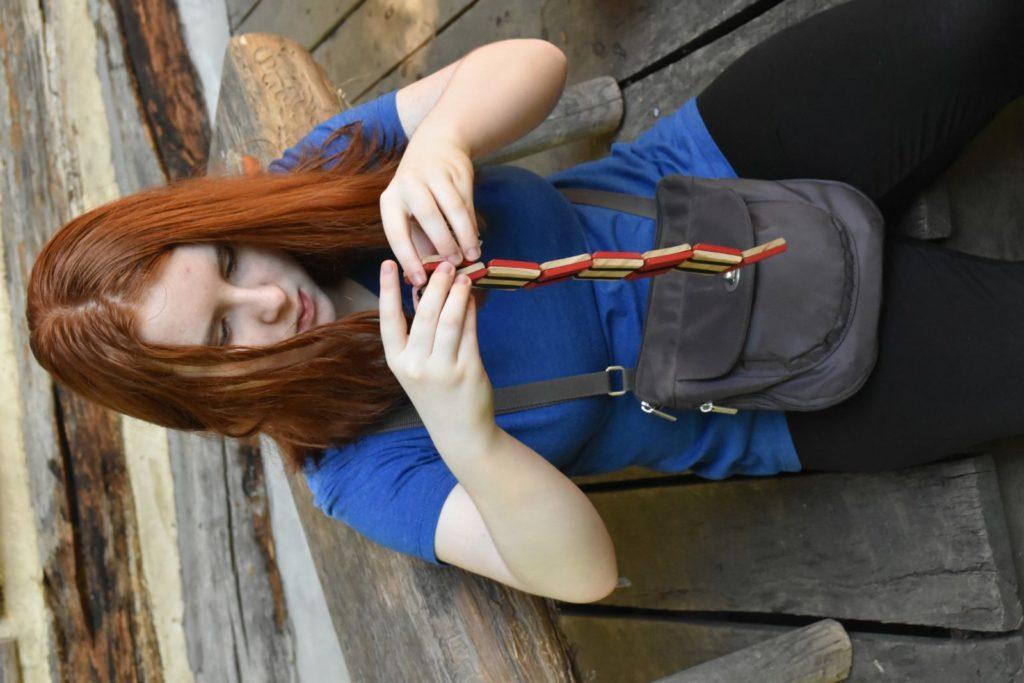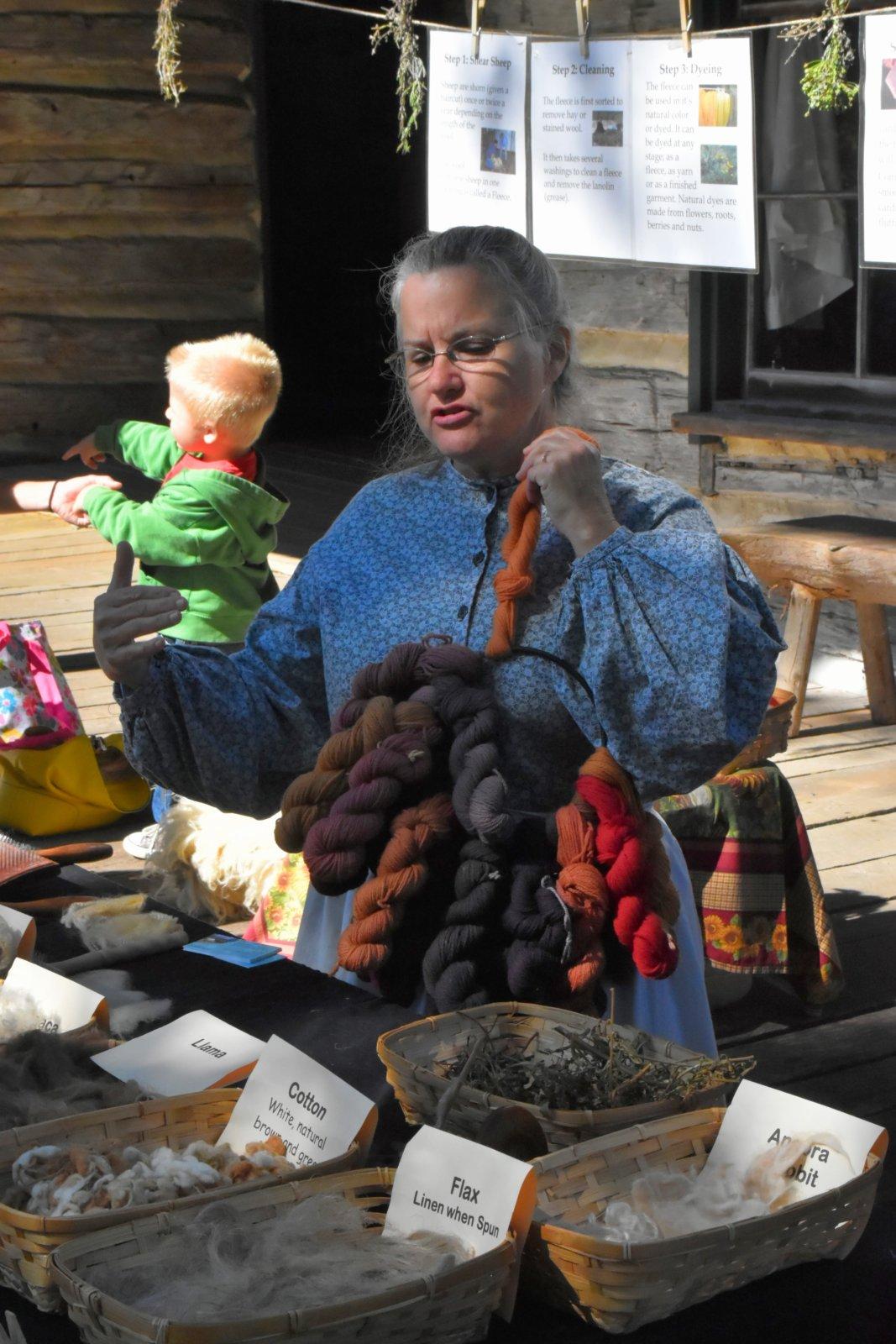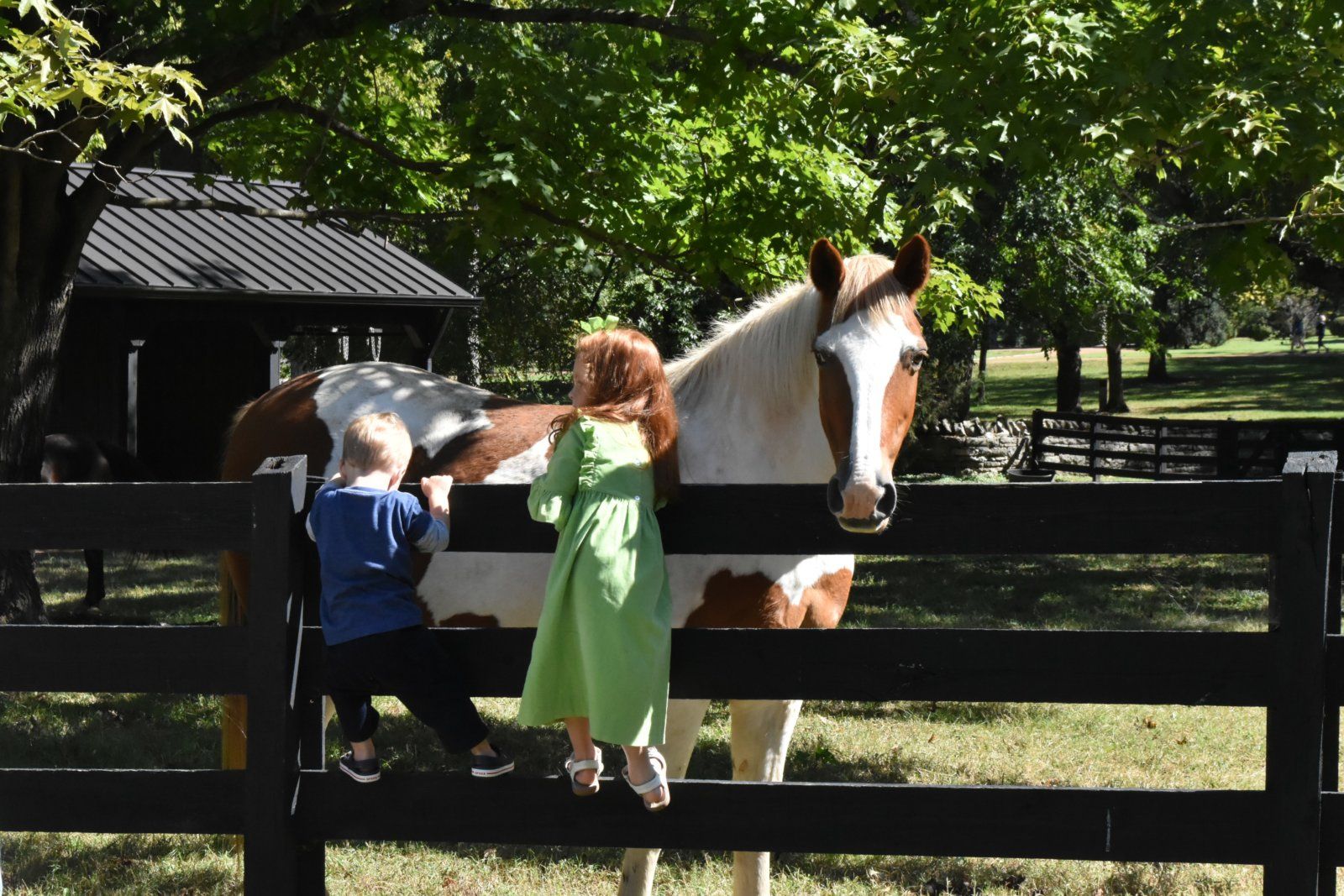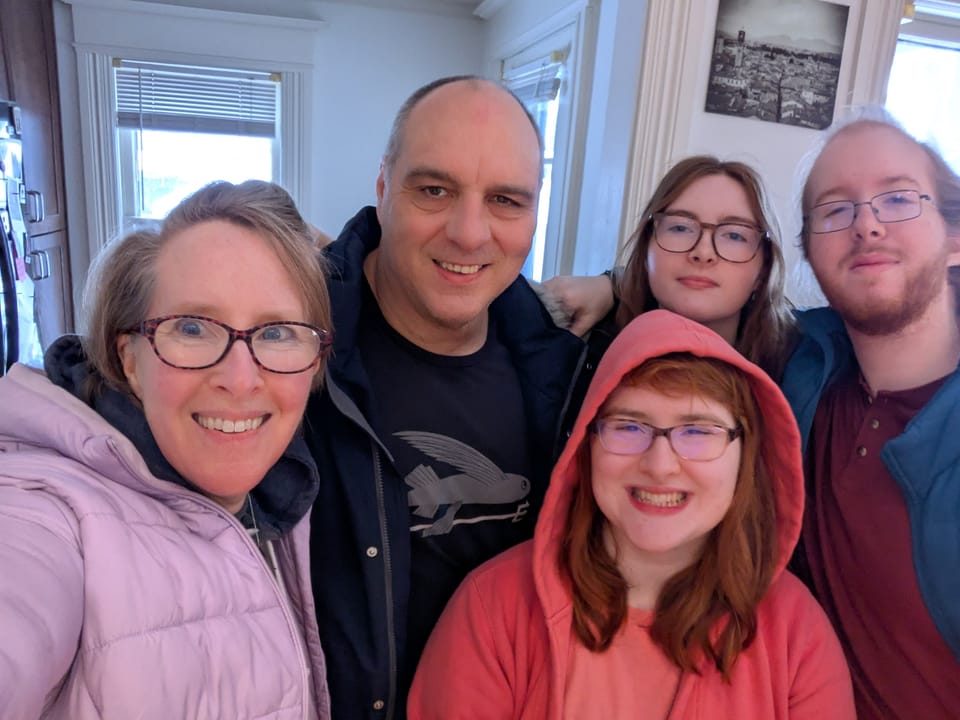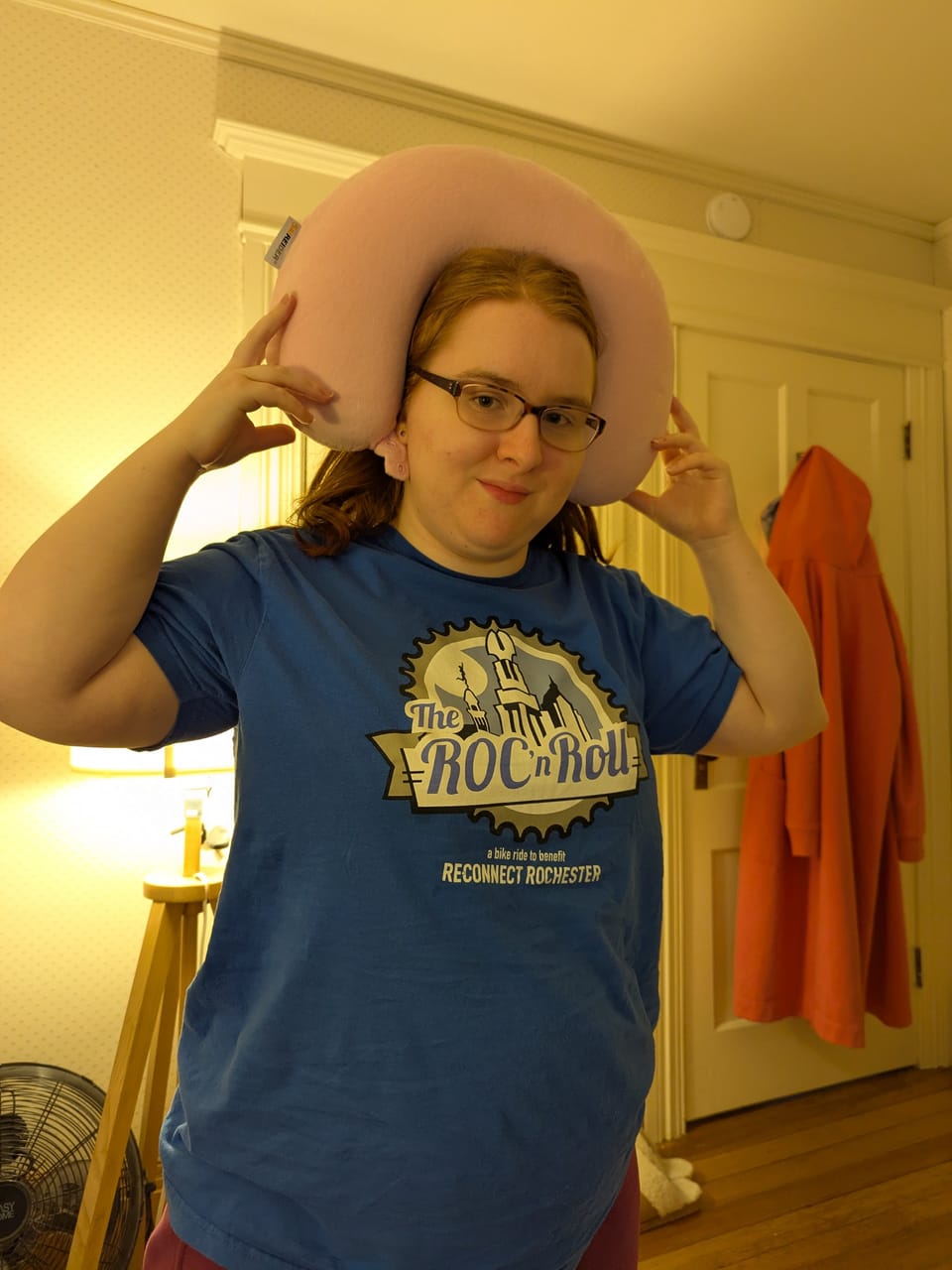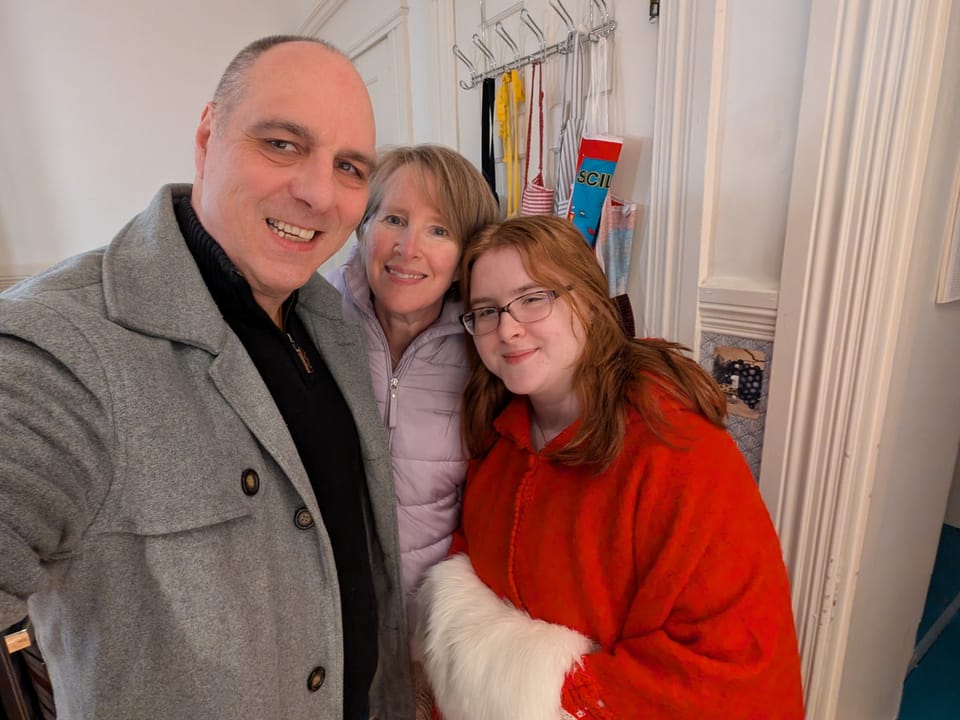Dyed In The Wool

The crew and I headed to Belle Meade this morning to experience some of the work involved in living as a settler.
We had the opportunity to churn butter:
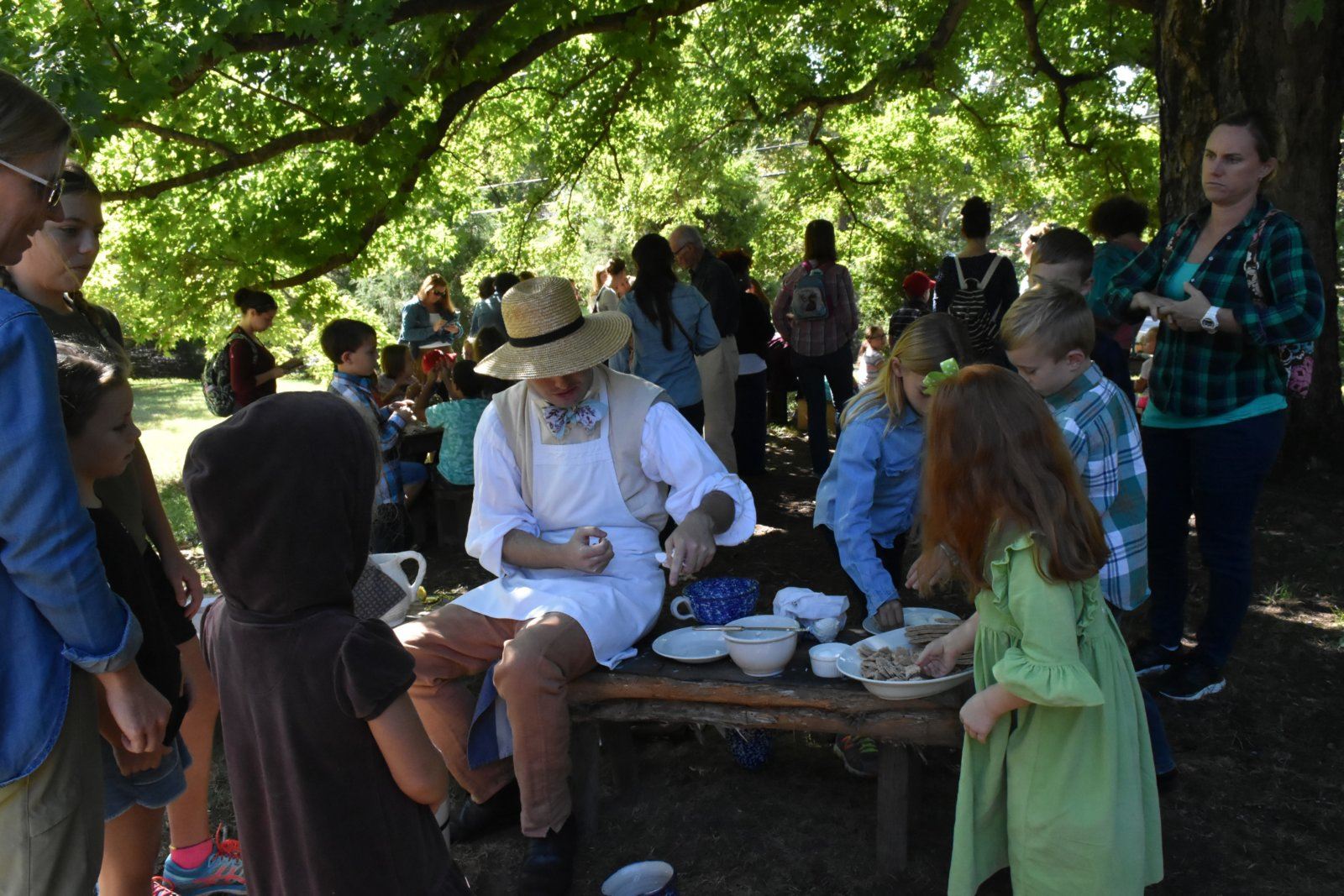
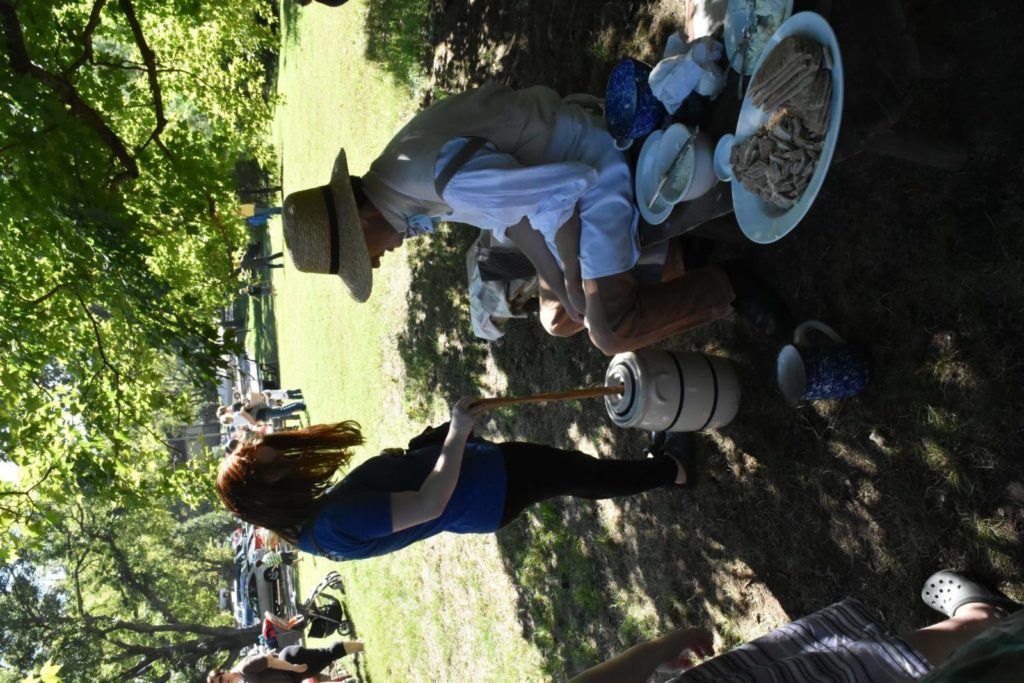
As an aside: Thanks to Family Movie Night from a few weeks ago, Monkey was able to point out to me that Mr. Butter had a voice a lot like Pee Week Herman. Cultural reference for the win!
We watched the spinning wheel in action:
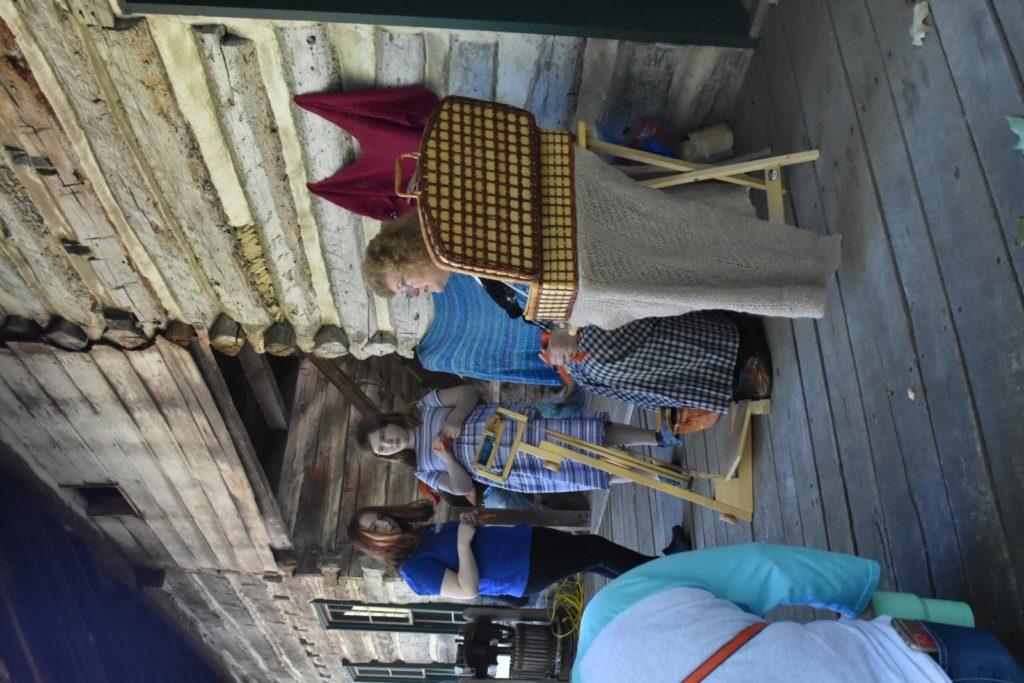
Ms. Spinning Wheel had samples for us to feel from the typical items: wool, flax, and silk, but she also had bamboo, corn silk, and baby camel.
We got to play with the old-timer toys:

This is the point where Buster grabbed the jump rope with wooden handles and asks, “Why do they have nunchucks for little kids to play with? Oh, wait, it’s a jump rope.”

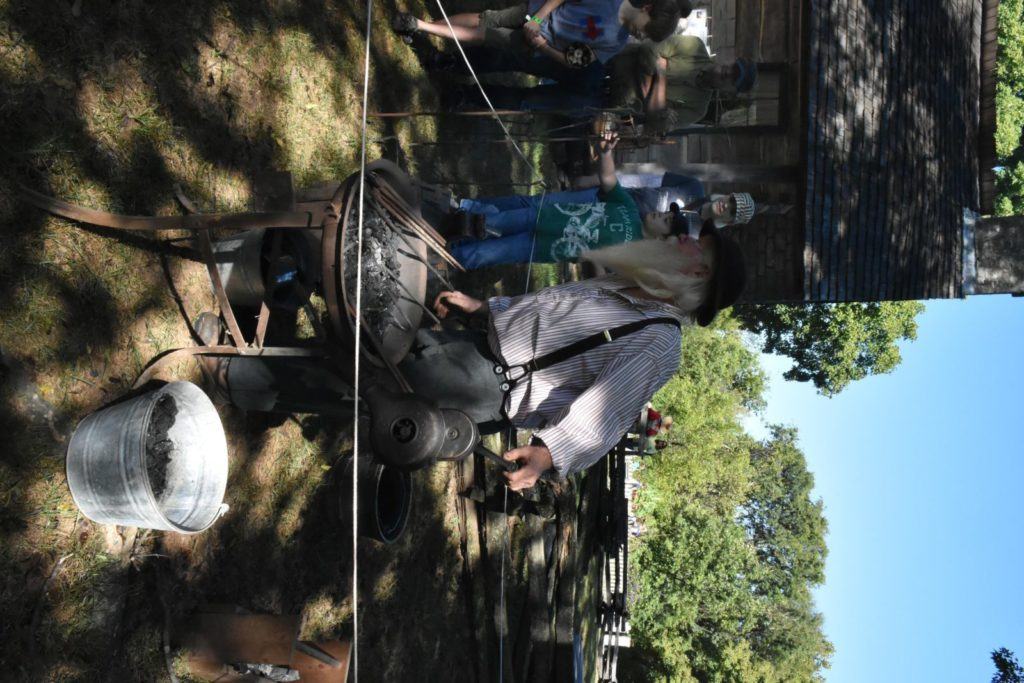
Ms. Beth, the sheep lady, was the person we listened to for the longest. She talked to us about sheep shearing and their wool, and also about dyeing the wool. As fate would have it, I just finished a murder mystery about Indigo Dying yesterday, so many of the facts Ms. Beth shared felt familiar.
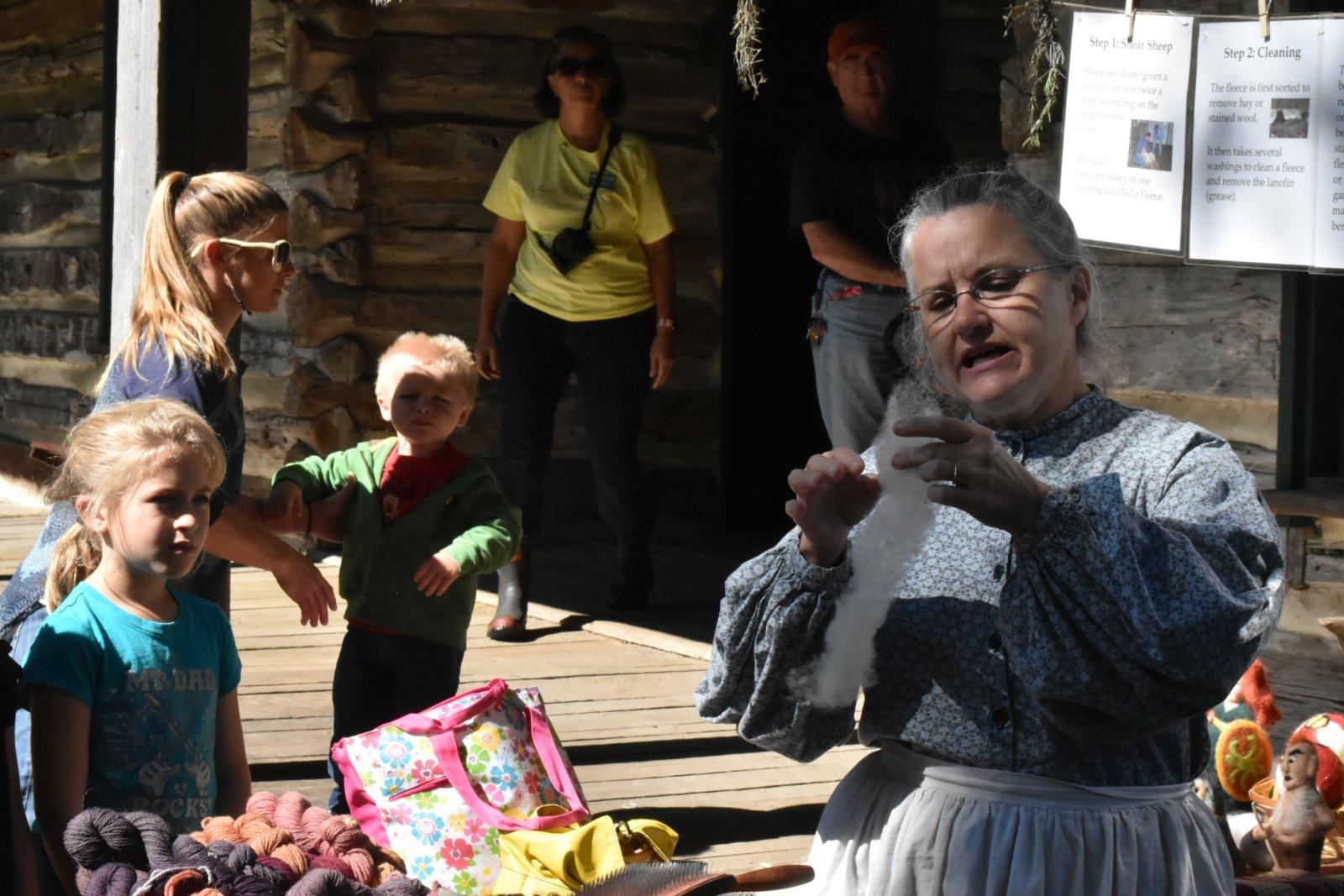
We learned about the origin of the phrase “dyed in the wool.” As Ms. Beth explained it, when wool is dyed before it is spun into yarn or cloth, the color goes clear through and won’t change. If it isn’t dyed until later, the color is on the “outside,” not all the way through. So if you are a “dyed in the wool” homeschooler, that’s what you are through and through.
We learned about the roots and plants used to make dyes.
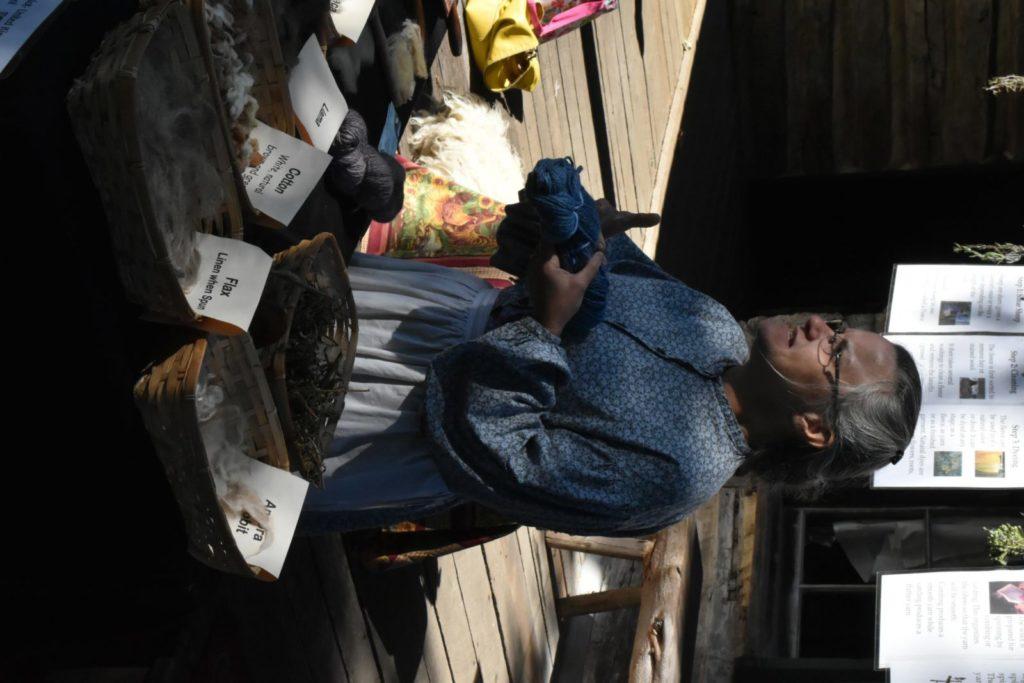
In the photo above, the skein Ms. Beth is holding was dyed with madder in its pure form. All the rest of the skeins of that group were also dyed with madder, but by adding different acids or mordants, Ms. Beth achieves the array of colors.
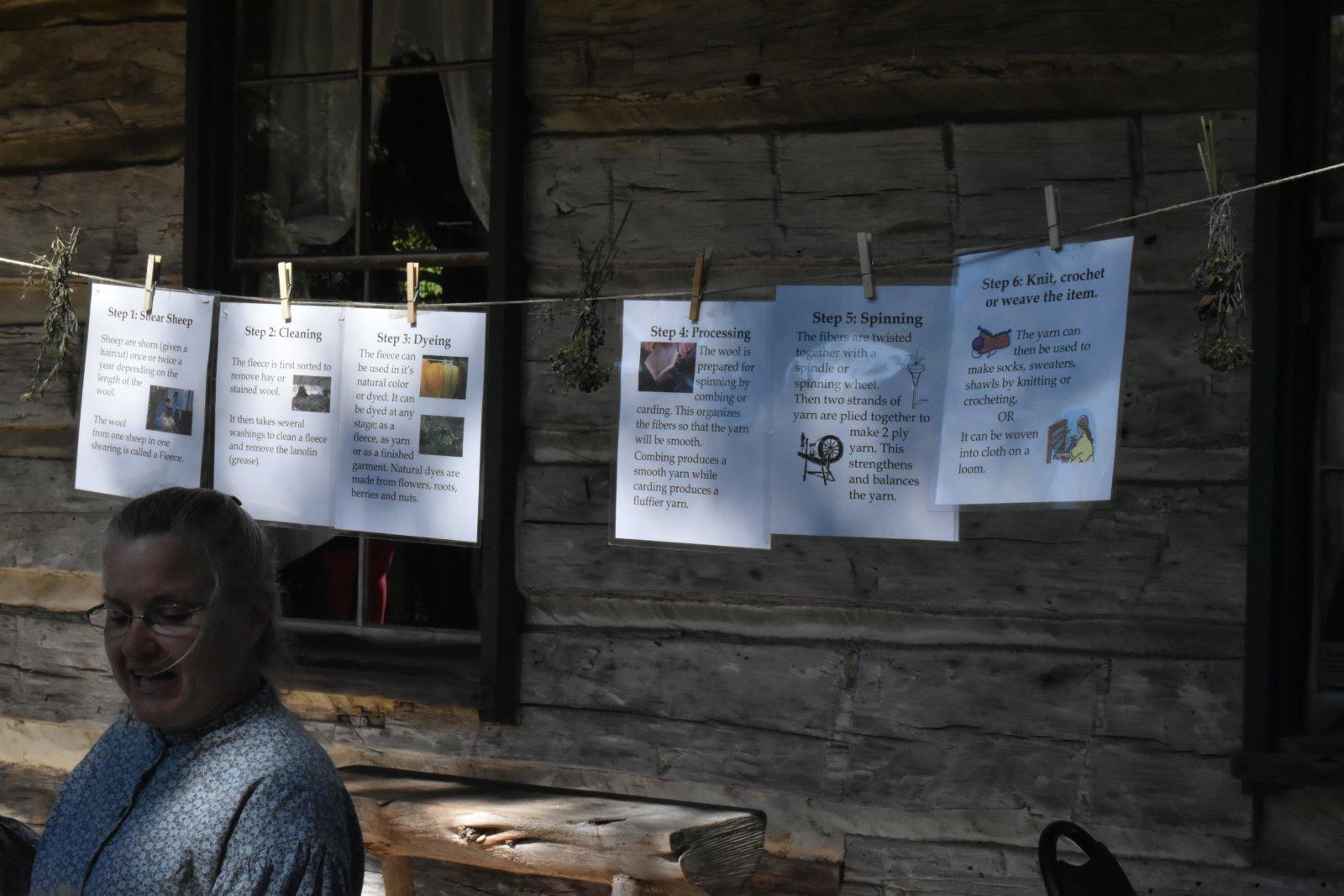
There was a demonstration about the process of doing laundry back in the days when water had to be hauled from the creek.
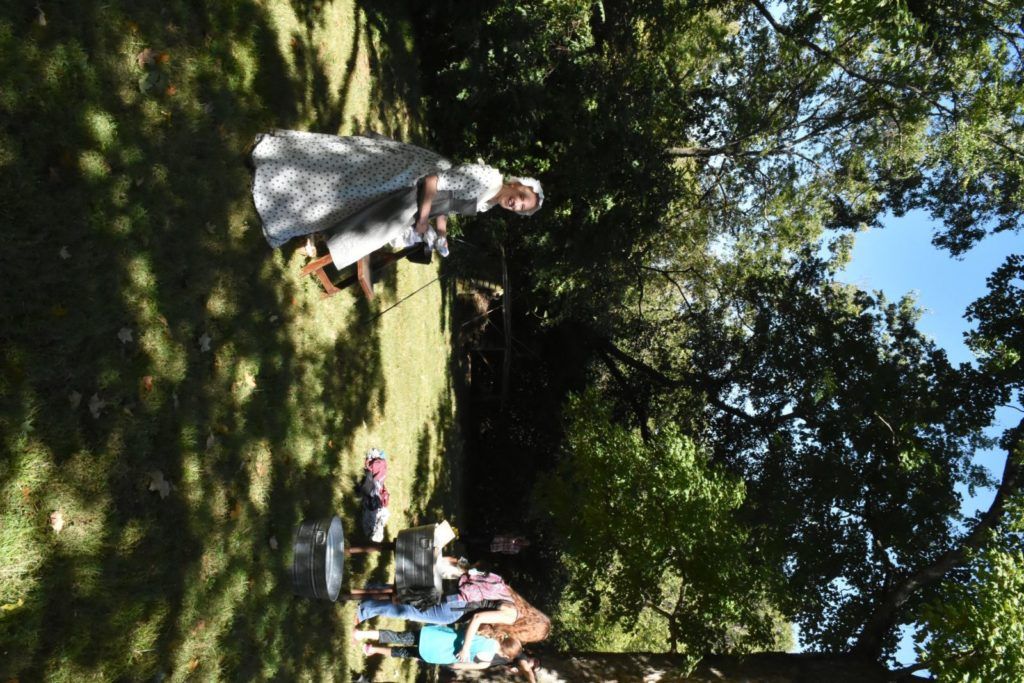
I asked the children if laundry would be more fun for them if I wore a long dress to reenact the olden days. They were not interested.
I asked if it would help if I wore a bikini while they did laundry. (Don’t ask why I asked. It’s because the image was cracking me up. If you aren’t sure why I’m doing something, just assume it is to make myself laugh.)
Yessa replied that that would only make a difference for Buddie and it wouldn’t be because he was interested in the laundry. (That child always gets the winning point.)
This Anne of Green Gables image:
made me think of the bonnet that Nonni gave Monkey that she loved to wear when we’d go on special outings like this one.
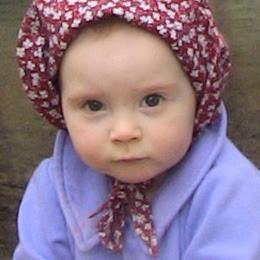
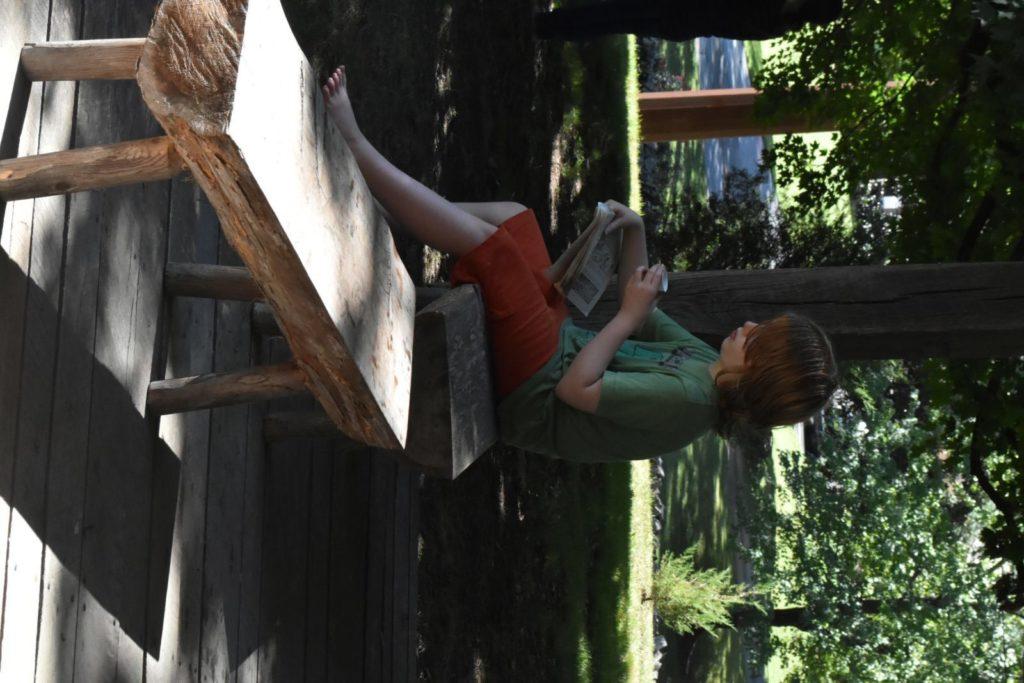
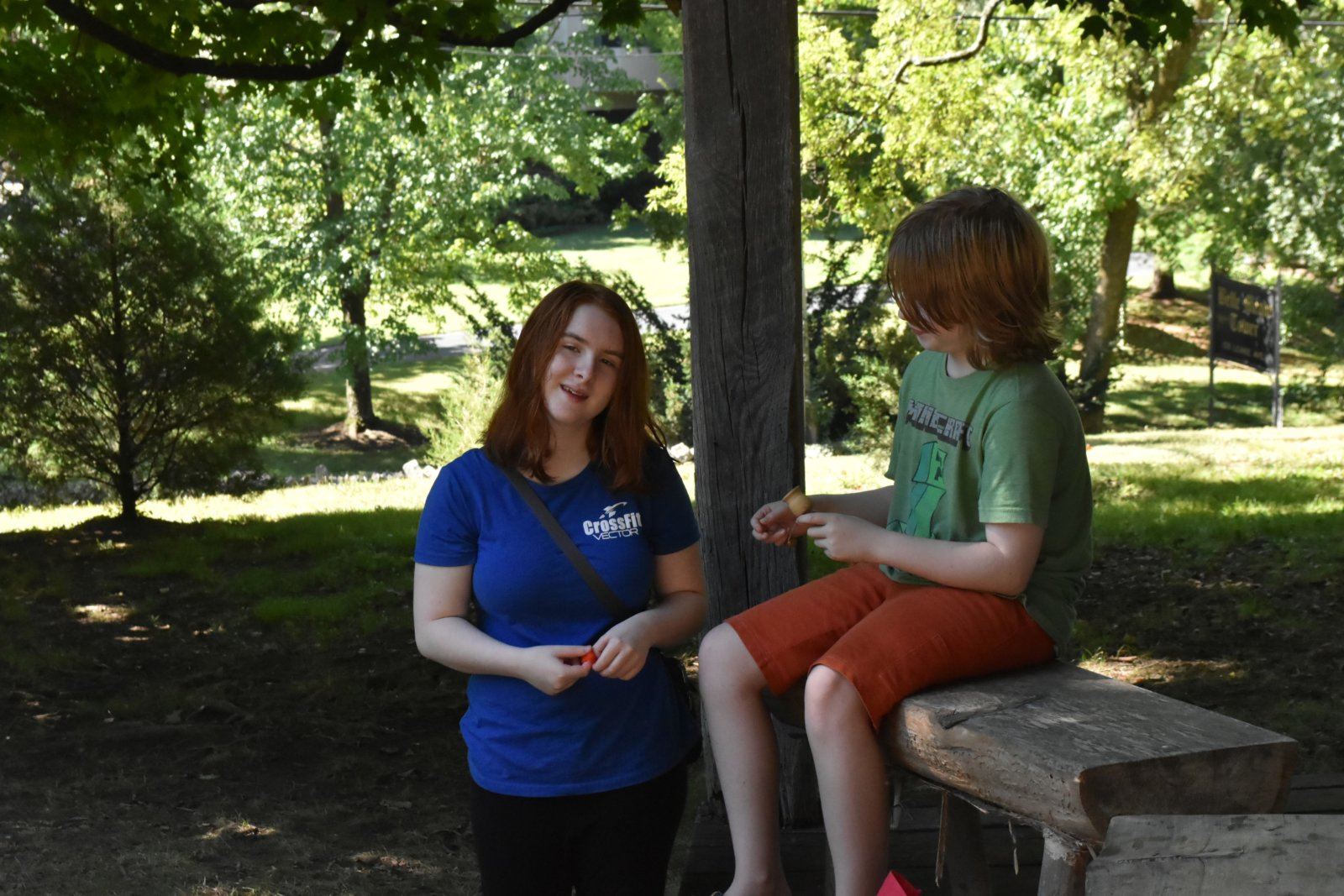
There was one type of harvest the settlers at Belle Meade didn’t mention.
Freshly-baked kitten.
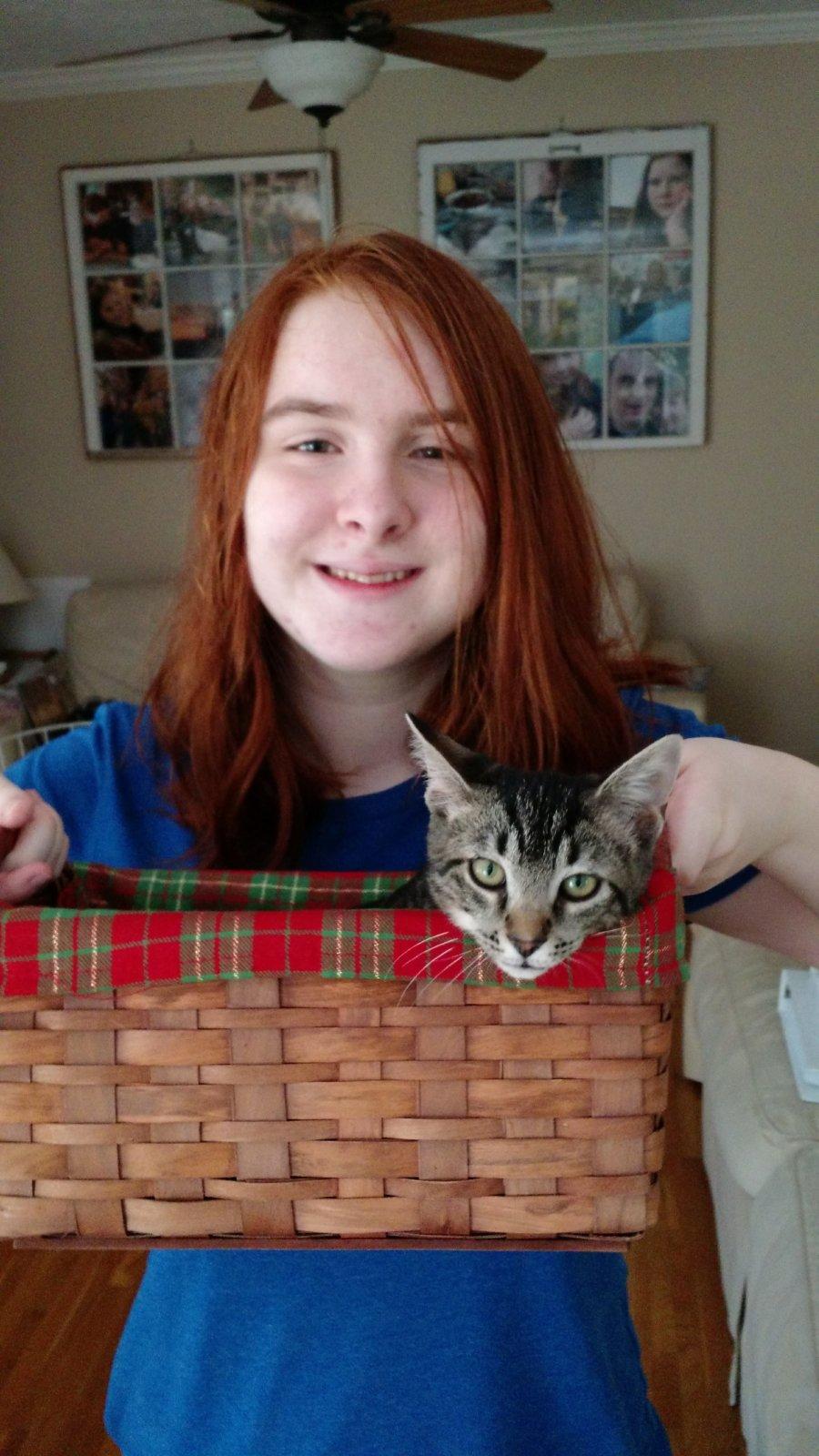
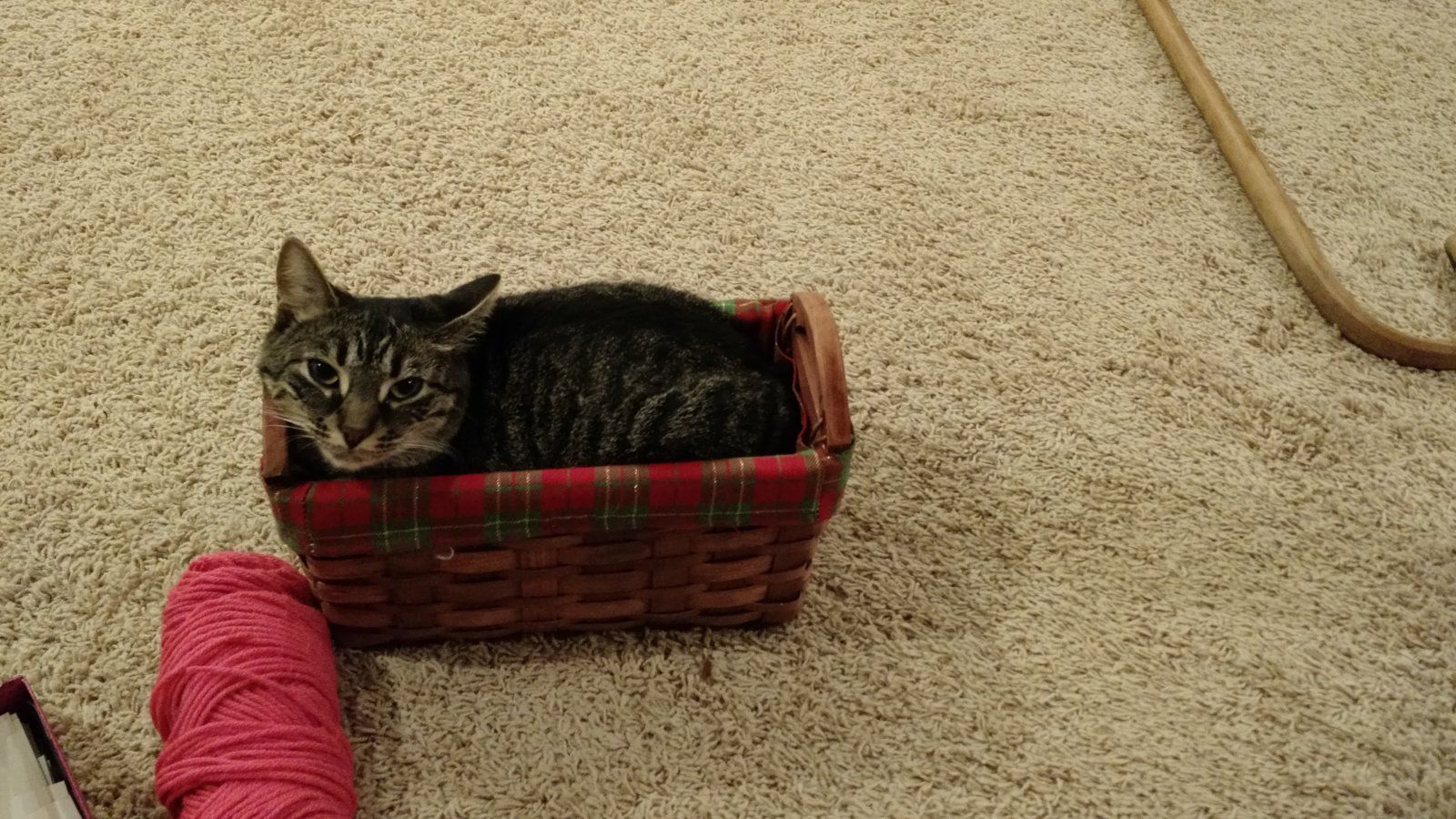
Thanks to my crew for heading out with good spirits.


